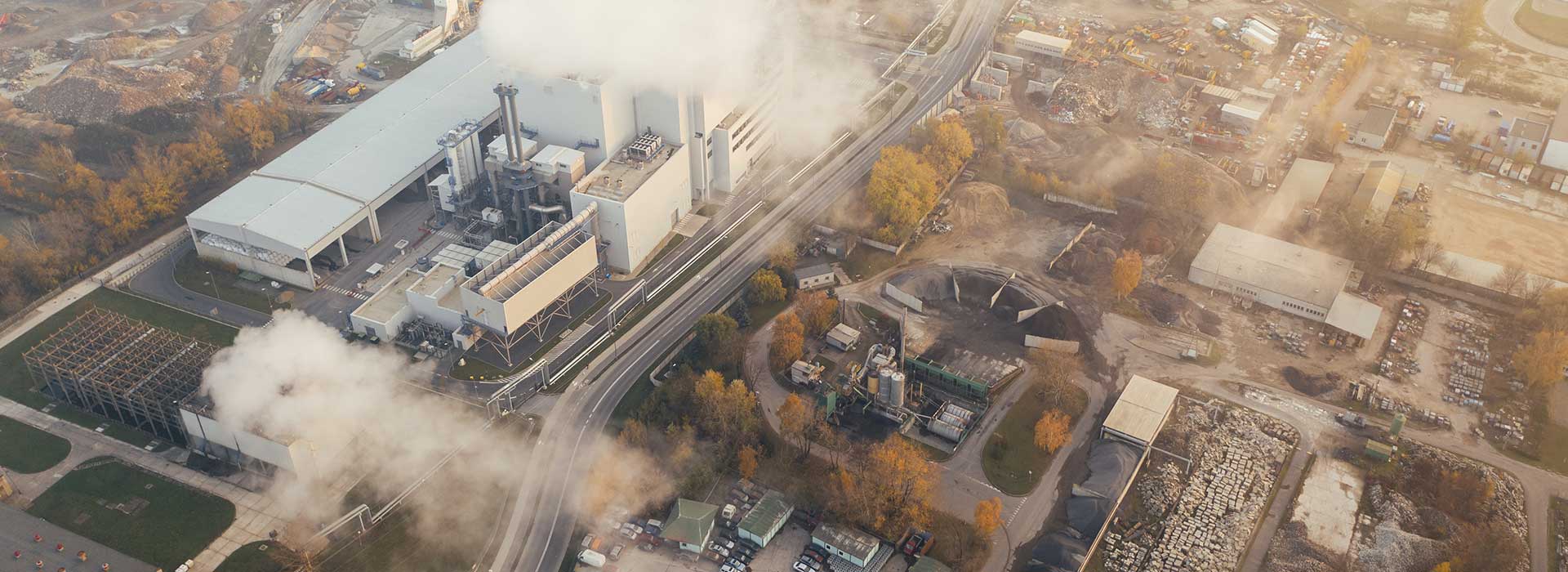About one third of worldwide greenhouse gas emissions comes from energy used in buildings, and two recent articles portray India and Europe as opposing poles in the struggle to rein in these environmental costs.
The situation in India defies not just environmental sanity but seemingly all economic logic. The nation faces an ongoing electricity crisis, as booming development stresses an already rickety power system. In the suburb of Gurgaon, supply lags demand by 20%.
The result is that electricity generation has gone private, with predictably disastrous consequences. Any sufficiently wealthy enterprise insures itself against frequent power outages with diesel generators, and the skyline is studded with smokestacks belching fumes and greenhouse gases.
The article chooses to focus on the plight of one wealthy housewife who has to throw away some chicken sausage when her freezer thaws, and whose son is so bored when the flat screen TV goes dark that he is forced to play cricket. A better angle might have been the ravages that climate change will wreak on India’s billion citizens, most of whom are too poor to have any access to the electrical grid at all.
Here’s the kicker: despite the seemingly massive built-in rewards to energy efficiency, India’s builders remain mostly oblivious to any form of green building practices, choosing instead to erect glass-fronted skyscrapers — the architectual equivalent of solar ovens — and stockpiling ever more diesel. One housing unit has gone completely off-grid, and now consumes over 6,000 gallons of diesel a week to power only one fifth of its units.
On the other hand, European architects are apparently now so deeply imbued with a green ethos that they look down at the cutting edge in America — the LEED guidelines — as hopelessly parochial.
LEED uses a fairly elaborate point system to grade buildings on their ecological impact. The Europeans find such checkbox environmentalism to be confining.
I find these criticisms to be a bit fluffy — LEED has always struck me as a very useful set of guidelines — but the article nevertheless makes some interesting points about the evolving nature of green building:
A new generation of architects has expanded the definition of sustainable design beyond solar panels and sod roofs. As Matthias Sauerbruch put it to me: “The eco-friendly projects you saw in the 1970s, with solar panels and recycled materials: they were so self-conscious. We call this Birkenstock architecture. Now we don’t need to do this anymore. The basic technology is all pretty accepted.”
Let’s hope so. As the article notes, we’re stilling playing catch-up. The most sustainable buildings ever made are the Egyptian pyramids: carbon-neutral and built to last thousands of years.
Brought to you by terrapass.com
Featured Image








